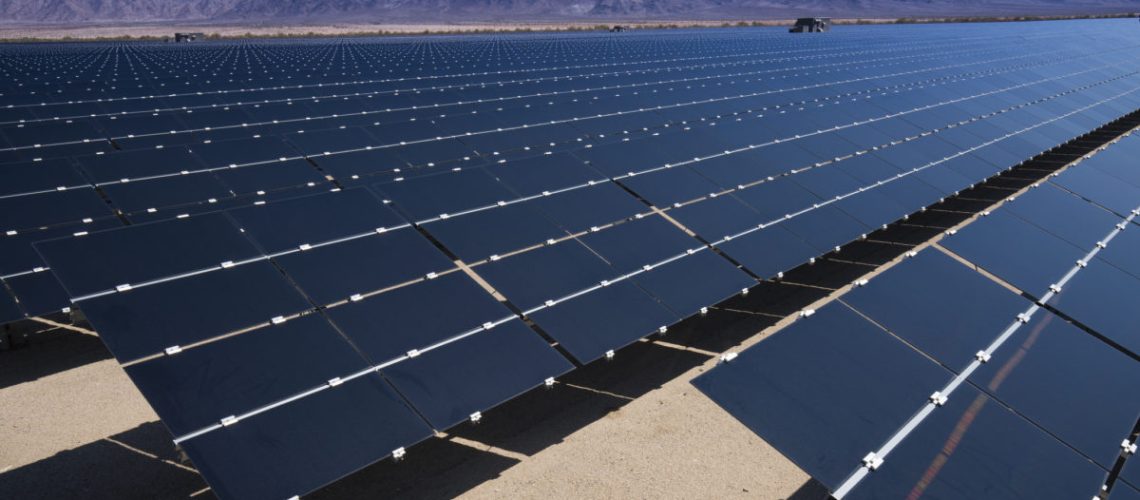California could reach 90% renewable and zero-carbon electricity by 2035 under legislation that awaits Governor Newsom’s signature.
The legislation sets a more aggressive ramp for the state’s clean energy progress, moving in five years from an existing target of 60% renewables by 2030 to the new 90% renewable and zero-carbon target by 2035.
California currently has 33% renewable generation, 25% from solar and 8% from wind.
State regulators would be required under the legislation to “prevent unreasonable impacts to customer rates and bills,” while maintaining and protecting the safe, reliable operation and balancing of the electric system.
The targets are to be achieved through work by the California Public Utilities Commission, California Energy Commission, and the state’s Air Resources Board, using programs authorized under existing statutes, the legislation says. Achieving the new targets “shall not increase carbon emissions elsewhere in the western grid and shall not allow resource shuffling.”
“Zero carbon” generation is not defined in the legislation, which is known as the Clean Energy, Jobs, and Affordability Act, or SB-1020.
California also has an existing target, set in 2018, of 50% renewable generation by 2026. The new legislation sets longer-dated targets for renewable and zero-carbon electricity sales of 95% by 2040 and 100% by 2045, with the latter goal unchanged from the target set in 2018. The legislation’s targets apply to retail sales of electricity to California end-use customers.
State agencies face an earlier target, as the legislation would direct them to procure 100% of their electricity from renewable and zero-carbon sources by 2035. Local governments would be permitted to move more quickly to achieve the state’s electricity sector decarbonization goals.



